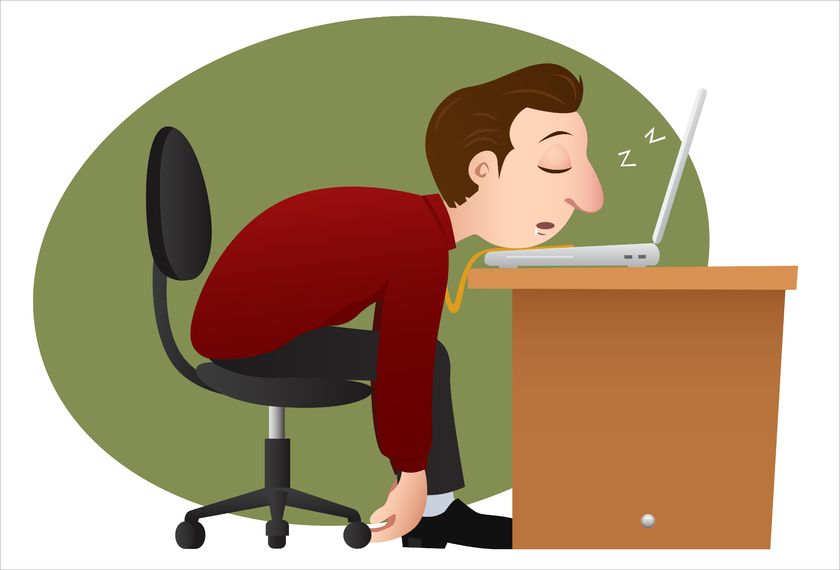Daytime Sleepiness – Meeting a Patient with Narcolepsy
People love talking about their health and medicines. During my recent visit to Baltimore for the American Pharmacists Association, I was cold. I always expect the Washington, DC – Baltimore area to be warmer during March. The weather was quite pleasant, but there was an ocean breeze like we don’t have in Colorado.
I ended up shopping in a national men’s clothing chain and met a very interesting patient. Of course, I find all patients interesting. I was choosing a sweater from the clearance shelf, when an older gentleman who worked at the store came over to talk. I wear bow ties, as did he, and often bow tie wearers will strike up a conversation: do you tie your own bow ties? He is in the “clothing business”, but still makes his own bow ties as well as vests. He makes the interesting kind of bow ties where each tail and side of the tie is a different fabric, so the tie can have four different looks. Someday I will have to try making bow ties.

Narcolepsy: Daytime Sleepiness
Once he learned that I was a pharmacist, the discussion turned to medications.
He looked a little tired and explained that he suffers from narcolepsy. I can remember a patient coming to my community pharmacy years ago, handing me a prescription for an amphetamine (then a common treatment for narcolepsy) and falling asleep while standing up at the counter.
Narcolepsy is a cause of chronic sleepiness in about 1 in 2000 people in the US. Patients experience narcolepsy following a loss of orexin neurons, a special type of nerves in the brain that helps us stay awake. Narcolepsy can develop in patients at any age, but typically between 10 and 20 years of age. It is a lifetime condition. Patients with narcolepsy have great difficult staying awake, but also have very poor sleep at night. About half of the patients with narcolepsy will also experience cataplexy, a sudden loss of muscle tone that leaves a patient feeling weak or unable to move.
Treatment of narcolepsy is symptomatic, which means the patient should feel better with treatments.
Since patients feel more alert after sleep, they are encouraged to get enough sleep at night and take an afternoon nap. In addition to the lifestyle changes, most patients require medication to help them stay awake during the daytime.
The most common treatment for narcolepsy is Provigil – generic name modafanil. There are also related drugs (Nuvigil ; armodafanil) that are more expensive. The precise mechanism by which these work is not established, and they can also be used for other sleep disorders – like sleep apnea or shift-work sleepiness – that result in difficulty staying awake. Modafanil is a convenient drug to take with once daily dosing and few adverse effects.
We talked for a long time about narcolepsy and some other more expensive medications that he was taking. Then he let me know the key side effect for him – the drug makes him very talkative. Yes, it did.
Narcolepsy is not that common, but if you have trouble staying awake it’s worth talking with your prescriber or pharmacist. Some medicines can make you drowsy, and others can make it difficult to sleep well. Your pharmacist can identify if that might be a concern. There are also simple lifestyle changes that can sometimes help you sleep better – these are a good place to start before moving to sleeping medicines or drugs to keep you awake. Take good care of yourself.
References:
NIH Narcolepsy Fact Sheet: https://www.ninds.nih.gov/Disorders/Patient-Caregiver-Education/Fact-Sheets/Narcolepsy-Fact-Sheet
Provigil (modafanil): http://www.provigil.com/











